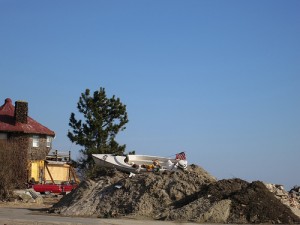 In the final and perhaps odd chapter of the middle east- north Africa journey, I ventured home to the state of my birth, to see my family, friends, and continue editing audio from the trip. Naturally, being back in that part of the world only a few months since the massive storm turned many lives upside down, I went with my family to visit the Jersey shore and see what is happening in many of the communities there.
In the final and perhaps odd chapter of the middle east- north Africa journey, I ventured home to the state of my birth, to see my family, friends, and continue editing audio from the trip. Naturally, being back in that part of the world only a few months since the massive storm turned many lives upside down, I went with my family to visit the Jersey shore and see what is happening in many of the communities there.
To begin with I have to mention what a strange juxtaposition it is, like so many tragedies in this world: while some live through terrible ordeals and struggle to satisfy basic needs, others in the exact state are living normal lives and of course- as it was the holiday season – exchanging gifts and enjoy themselves. There is nothing new or alien about this idea, it is the way of the world, so why not- even in New Jersey where many people still have no home and no idea how they will afford to rebuild their homes as a result of the storm. It is the type of situation where I can even be a tourist who drives in from a part of the state where things are fine and in 30 minutes I can be standing between piles of rubble and vanished coast line.
But there they were- one after the other- as we drove along Ocean Av, the typical street name in most NJ shore towns- massive construction vehicles moving and creating piles of sand. Pushing the soggy beige powder out towards the sea while also building tall hills that will serve as a line defense. There is little to no sign of the old lines of defense. All there is is half-shells of former houses, a few miraculously untouched properties, empty space, and piles of wood where long stretches of previous boardwalk once stood. The gigantic machines look like ants in comparison to the vastness and nearness of the ocean. Their work looks flimsy, like at any time it could be wiped away by one massive wave or another round of flooding. But still they work, as do many homeowners and carpenters, stabilizing houses that are leaning one way or another, houses that might be missing their ground floor, or the kinds that are missing sections of their roofs.
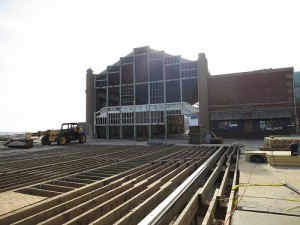 Many along the route look eager to rebuild. Like the construction vehicles pushing sand, they’re counting on being ready for the all-important summer months, when the weather is beautiful, life feels relaxing and the tourist dollars flow. Future hurricanes? Unlikely, their actions seem to say. Several residents assure me that such storms only come around every few decades so its certainly worth rebuilding and getting back to life as usual .
Many along the route look eager to rebuild. Like the construction vehicles pushing sand, they’re counting on being ready for the all-important summer months, when the weather is beautiful, life feels relaxing and the tourist dollars flow. Future hurricanes? Unlikely, their actions seem to say. Several residents assure me that such storms only come around every few decades so its certainly worth rebuilding and getting back to life as usual .
Along the route we come upon my most favorite Jersey Shore town, Asbury Park – a city long plagued by economic depression, corruption, and a past marked by social conflicts. Even when their was no storm the place that brought us Bruce Springsteen and the Jersey Shore sound looked like it was barely getting by. But now even the weathered yet proud old structures that survived that re-development wrecking ball, looked critically wounded. A series of fences and police guided detours lead the public away from the destroyed boardwalk, the centerpiece of the city that is supposed to be on its way back.
It may be a small story in the grand scheme of this world and all its acute problems. Or maybe because it happened in the US, in a state where some people live very comfortably, it does not seem like it could possibly be that bad. But even if people around the world are recognizing the scale of the tragedy that has struck this special place, what remains unclear to me is whether or not people in New Jersey see the big picture of what is to come. Driving through proud shore towns that have their traditions and ways of doing things, it was hard to tell if they will do anything different in an effort to deal with future challenges that may even be worse than this one.


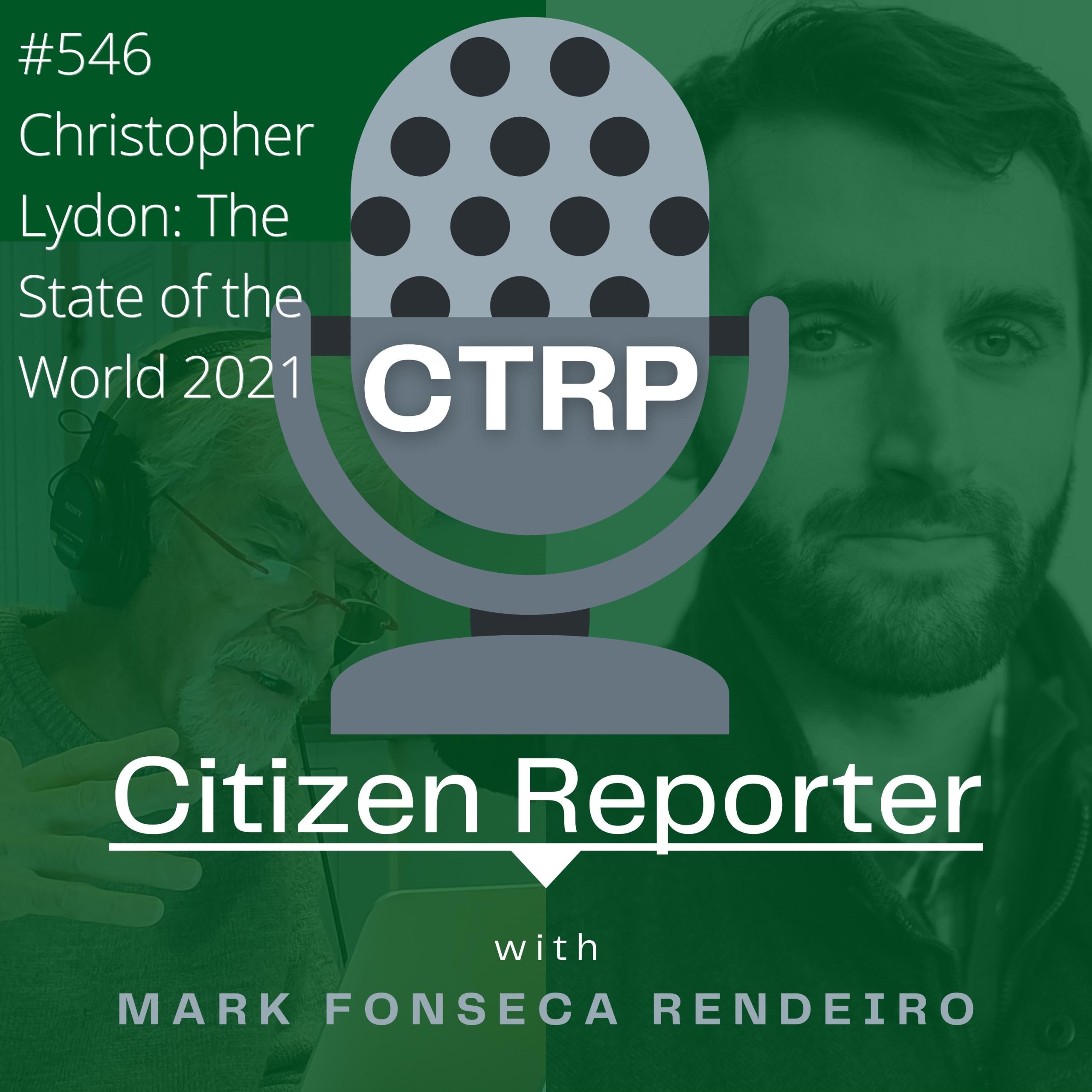
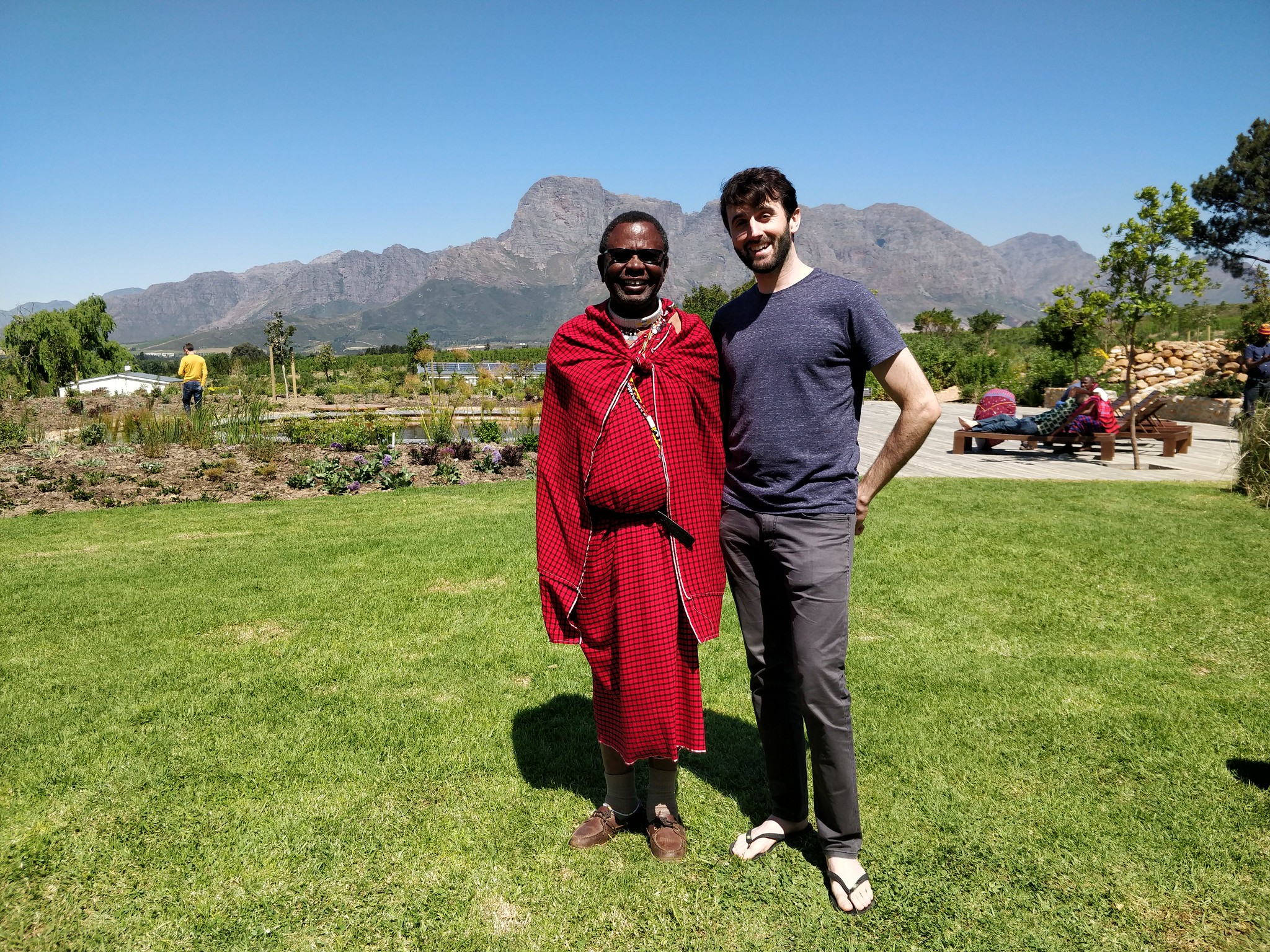

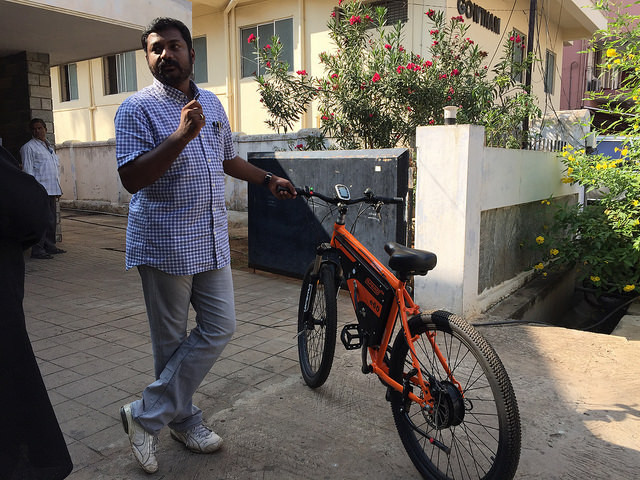
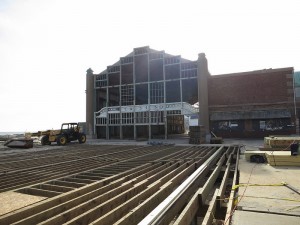
 In the final and perhaps odd chapter of the middle east- north Africa journey, I ventured home to the state of my birth, to see my family, friends, and continue editing audio from the trip. Naturally, being back in that part of the world only a few months since the massive storm turned many lives upside down, I went with my family to visit the Jersey shore and see what is happening in many of the communities there.
In the final and perhaps odd chapter of the middle east- north Africa journey, I ventured home to the state of my birth, to see my family, friends, and continue editing audio from the trip. Naturally, being back in that part of the world only a few months since the massive storm turned many lives upside down, I went with my family to visit the Jersey shore and see what is happening in many of the communities there. Many along the route look eager to rebuild. Like the construction vehicles pushing sand, they’re counting on being ready for the all-important summer months, when the weather is beautiful, life feels relaxing and the tourist dollars flow. Future hurricanes? Unlikely, their actions seem to say. Several residents assure me that such storms only come around every few decades so its certainly worth rebuilding and getting back to life as usual .
Many along the route look eager to rebuild. Like the construction vehicles pushing sand, they’re counting on being ready for the all-important summer months, when the weather is beautiful, life feels relaxing and the tourist dollars flow. Future hurricanes? Unlikely, their actions seem to say. Several residents assure me that such storms only come around every few decades so its certainly worth rebuilding and getting back to life as usual . You’ve heard about the islands in the Pacific Ocean that are disappearing due to rising sea levels. But have you heard from the people there? Have you listened and watched as an entire culture faces extinction or mass displacement? Will traditions and identities survive in the face of such a crisis?
You’ve heard about the islands in the Pacific Ocean that are disappearing due to rising sea levels. But have you heard from the people there? Have you listened and watched as an entire culture faces extinction or mass displacement? Will traditions and identities survive in the face of such a crisis?